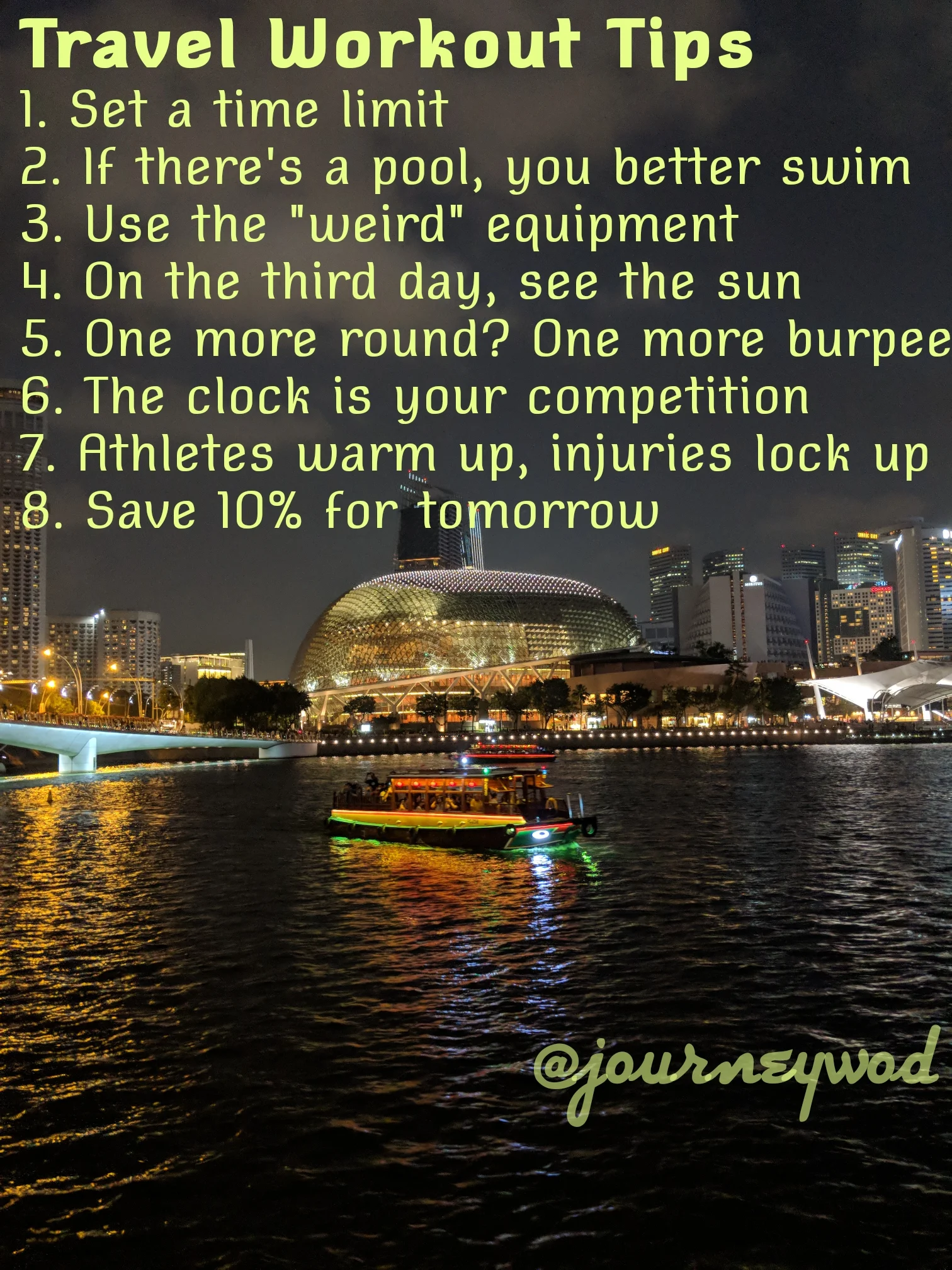8 Questions to Help Guide Your Fitness Development
Many are told that the best way to begin their fitness journey is to begin with a personal trainer. Like anything, not all personal trainers are built equally. What’s more important is how the personal trainer thinks about addressing the goals you want to achieve.
Based on my experience working with fitness clients for the past five years and more, people’s goals with fitness are most commonly:
Improve body composition (look better naked or more often, in a bathing suit)
Improve self confidence
Overcome an injury
With the last of the above goals, that is more readily dealt with by a physical therapist who is open to strength training once the injury recovers. For the other two areas, there are a handful of questions that will quickly get to an understanding of what to include in your personal training regimen or if it’s just as good to jump into a group class that you’re excited about continuing wit a lot of frequency and consistency such as CrossFit, spinning, yoga, or other boutique fitness classes that provide some instruction and method of progression.
1. As a kid, did you do martial arts, gymnastics, or dance?
This question is meant to help understand how quickly you can learn something new. If you learned how to use your body as a kid, your “body awareness” is high and you can adapt to instruction easily. People without this background could also learn quickly, but this is often associated with a good ability to understand and apply instructions quickly.
2. Do you struggle with self confidence?
Embarking on a fitness journey is as much mental as it is physical. If you are not certain of your abilities or judge your worth by what you see in the mirror, it will be important for your training plan to give measurable progress areas so that you can see progress and keep motivated before it shows up on the scale or in the mirror.




















